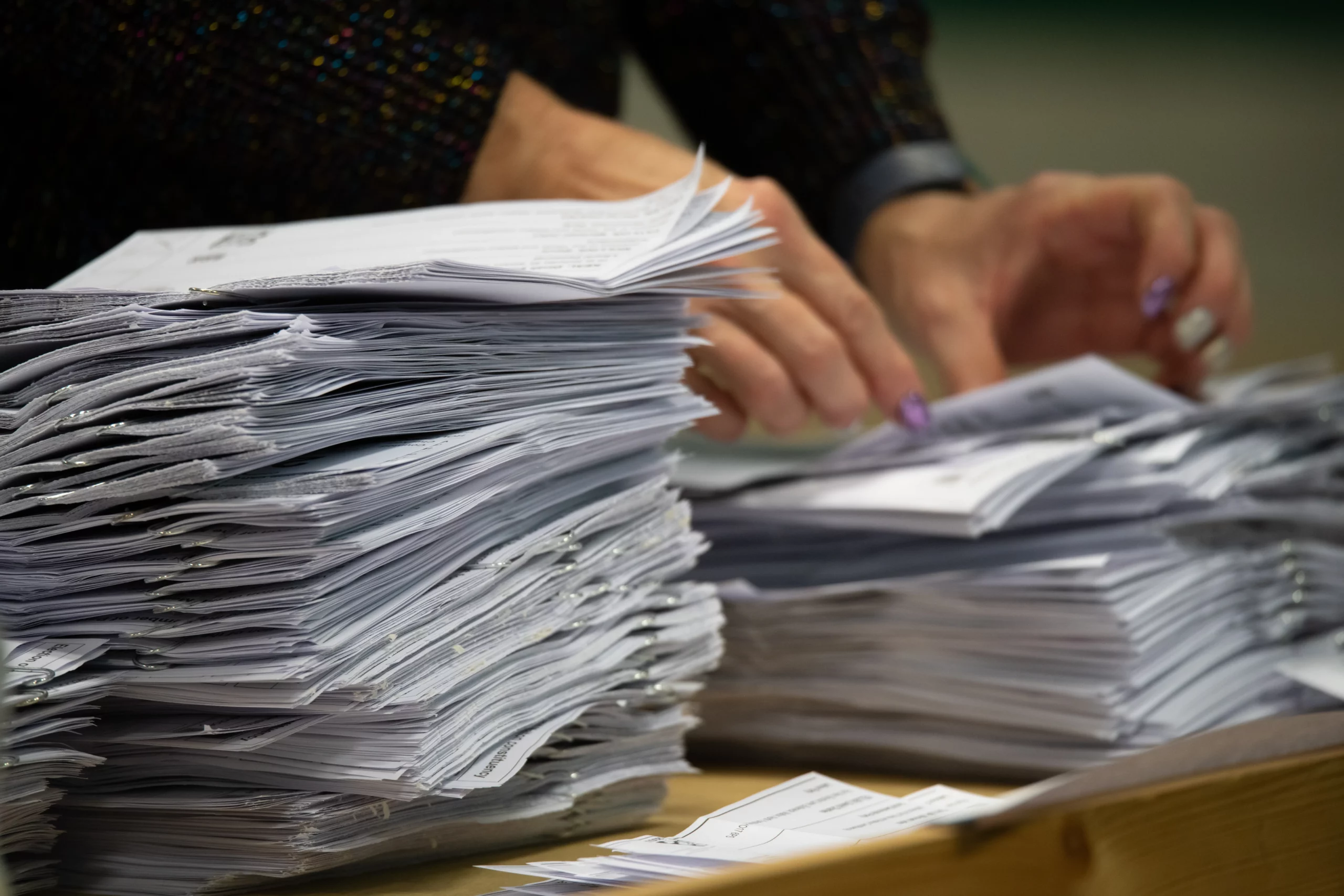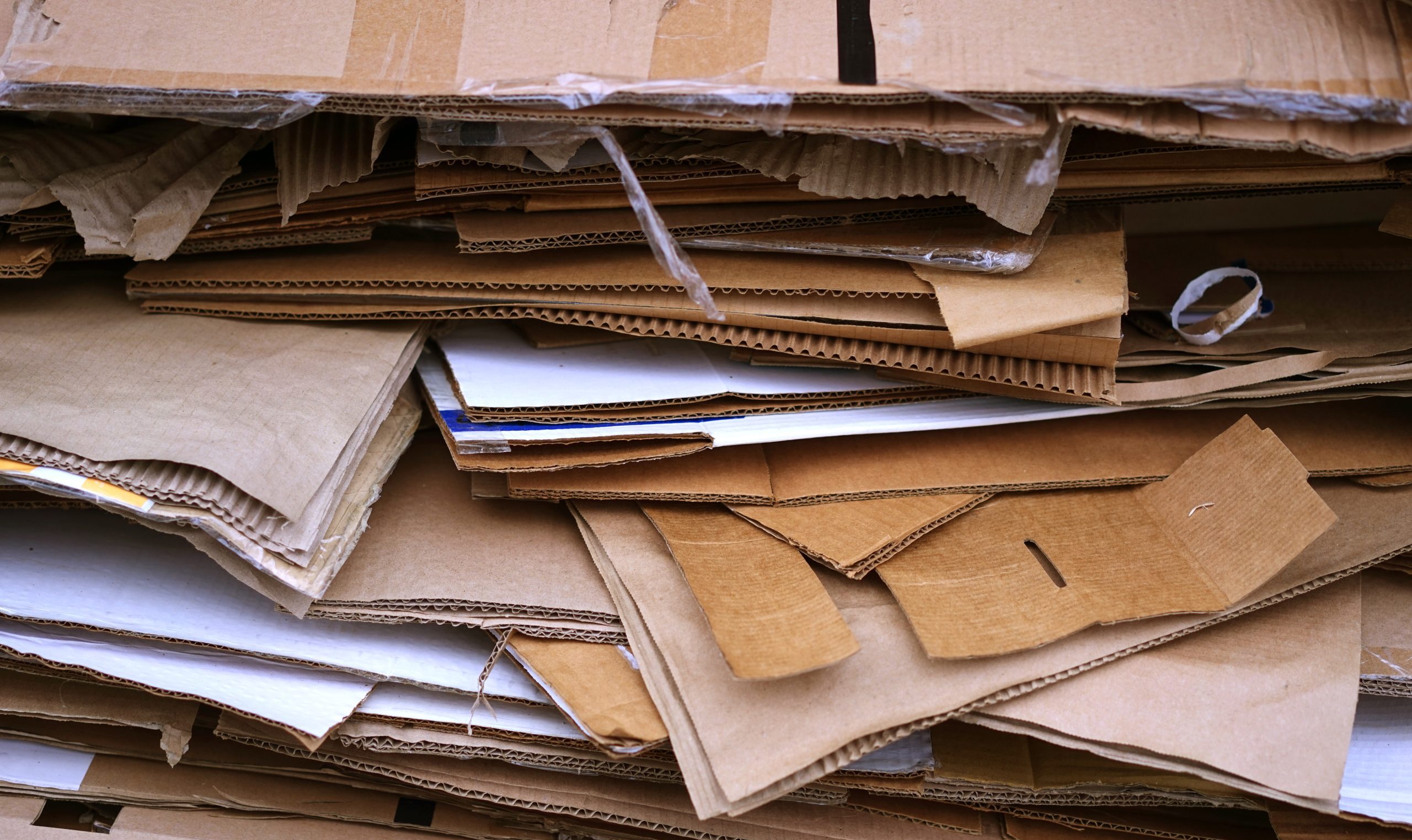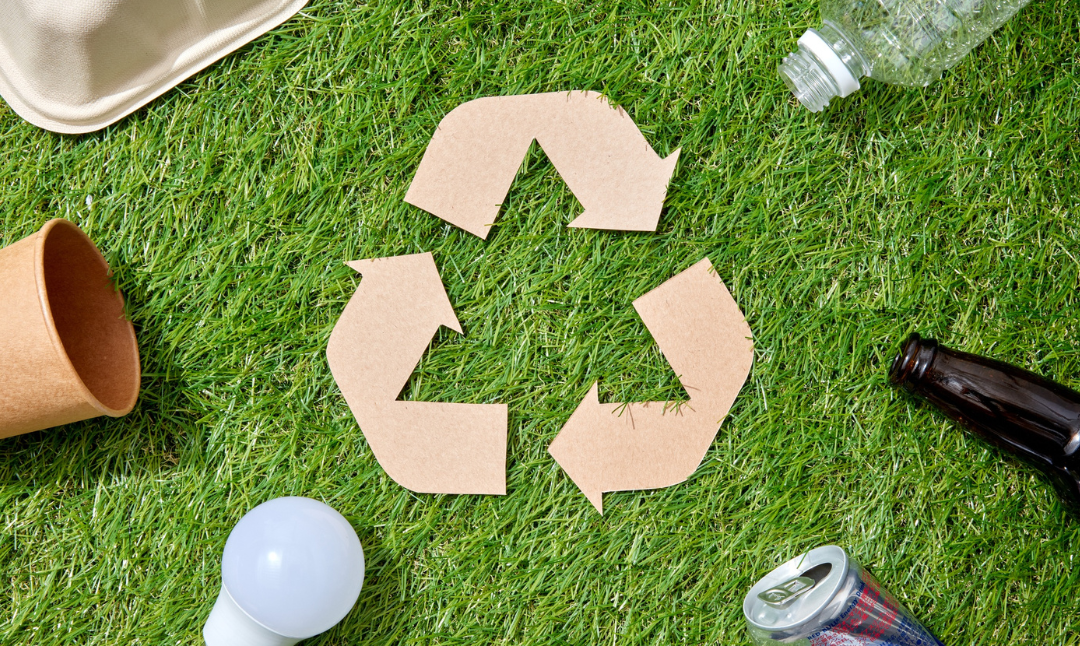
Paper is one of Britain’s great circular economy success stories: in 2023, a record 73.4 per cent of all paper and cardboard packaging placed on the UK market was recycled – the highest rate of any packaging material.
But what happens to your office files or yesterday’s newspaper once they leave the kerbside or a Restore Datashred console?
Below, we walk through the full process of recycled paper, highlighting how secure handling and smart infrastructure turn waste paper back into a valuable resource while protecting your data and the planet
Paper Recycling Process Steps

For businesses: Confidential paper documents are deposited in secure locked consoles or bins and collected by Secure Collection Operatives before being returned to a secure shredding facility. Restore Datashred’s services are designed to make recycling as simple as possible with options for regularly scheduled collections or ad-hoc pick-ups, depending on your business’s needs.
Once securely shredded, all paper materials and sent directly to a paper mill, minimising transport emissions by keeping material onshore wherever possible for onwards recycling.

Conveyor belts, optical scanners and manual quality checks remove contaminants such as food residue, plastics or metal staples. Separate streams are created for:
- High‑grade office paper – ideal for premium recycled copier paper
- News & pamphlets – newspapers, magazines and brochures
- Mixed paper & cardboard – corrugated boxes, junk mail, cartons
Removing contamination early is essential; winter rain alone can increase plastic contamination in paper. By following Restore Datashred’s guidance for paper recycling, businesses and organisations can keep their recycling streams clean, which not only protects the value of their materials but also helps prevent entire loads from being rejected.

For confidential business waste, all shredding is completed under CCTV by Restore Datashred ensuring that all confidential waste is unrecognisable before pulping, guaranteeing data can never be reconstructed. Restore Datashred’s secure shredding process ensures total compliance and peace of mind, no matter the scale of your business.
After all shredded paper leaves Restore Datashred for a recycling mill, the recycling begins. All paper is then mixed with warm water and agitated inside a pulper, turning them into a slurry and mechanically separating the ink‑coated fibres. Chemicals such as sodium silicate help lift ink particles and adhesives away from the cellulose.

The slurry passes through screens and centrifugal cleaners to remove staples or grit, then enters flotation de-inking tanks. Tiny air bubbles attach to ink and stickies, floating them to the surface where they are skimmed off, producing a bright, near-virgin pulp.
Flotation de-inking is the most common technique in Europe and is critical to achieving the whiteness demanded for office papers.
The ink‑rich sludge that remains is de‑watered and sent to local cement kilns as an alternative fuel, ensuring nothing goes to landfill.

The de‑inked pulp is blended (often with a proportion of fresh FSC‑certified virgin fibre for strength), diluted, and sprayed onto a fast‑moving wire mesh.
Water drains away, the sheet is pressed and dried over steam‑heated cylinders, then calendered for smoothness. Large rolls are slit into copier sheets, newsprint or cardboard liner, ready to start life again.
Inline sensors continuously monitor sheet moisture and grammage, rejecting any reel that falls outside BS EN 643 specifications for recovered paper.
What Does Recycled Paper Become?
Once recovered, paper fibres cascade through multiple product lives – saving resources again and again – before their eventual conversion to energy. Typical second‑life applications in the UK include:
Office and graphic papers
High‑grade post‑consumer pulp is made into 100 per cent recycled printer paper, envelopes and notebooks. These products often meet stringent environmental standards such as Blue Angel and EU Ecolabel certification, and many UK office suppliers now offer entirely recycled printer paper ranges. Fun fact: Some recycled office paper can be back on the market as a new ream in as little as three weeks from the original collection point.


Packaging
Imost recovered corrugated boxes are reincarnated as new boxes within weeks, supporting the UK’s booming e‑commerce sector. This closed-loop system significantly reduces the need for virgin fibre in packaging. A surprising detail: Nearly 80 per cent of all corrugated boxes in circulation in the UK have already been recycled at least once, and each sheet of new cardboard typically contains fibres from up to seven previous use

Tissue products
Lower‑grade mixed paper becomes kitchen towels and tissue. Recycled content in tissue helps cut water and energy use in manufacturing by up to 50 per cent compared to virgin pulp. Some luxury recycled toilet tissues even use the shorter fibres from end-of-life office paper, helping to divert material that would otherwise go to waste.


Research shows paper fibres can now be recycled up to seven times before they lose integrity, keeping material in use far longer than once thought.
After their final cycle, fibres are often repurposed into moulded fibre packaging, such as egg boxes or protective inserts, or used as a carbon‑neutral biomass fuel to power paper mills themselves.

Why Secure Recycling Matters for UK Businesses
Paper and cardboard remain one of the largest material categories in England’s commercial waste stream, so secure recycling is both an information‑security obligation and a sustainability win.
Every tonne of paper that is shredded and recycled rather than landfilled avoids around 1.5 tonnes of CO₂‑equivalent emissions.
Combining Restore Datashred’s BS EN 15713‑compliant destruction service with closed‑loop recycling therefore helps organisations meet ISO 14001, ESG and Net‑Zero commitments in one simple process.
Make Recycling Simpler with Restore Datashred
Ready to boost your recycling rate and cut risk? Get started with our recycling services – from easy-to-use bins and confidential consoles to regular collection schedules and expert advice. Whether you need a paper solution only, want to include dry mixed recycling, or have large volumes of cardboard to manage, Restore Datashred offers tailored support to help you meet your compliance, sustainability and cost-saving goals.
Get a quote at Restore Datashred today to arrange a free site audit and see how secure recycling can save you money, meet compliance requirements and help the UK push that 73 per cent recycling rate even higher.
 Customer Login
Customer Login